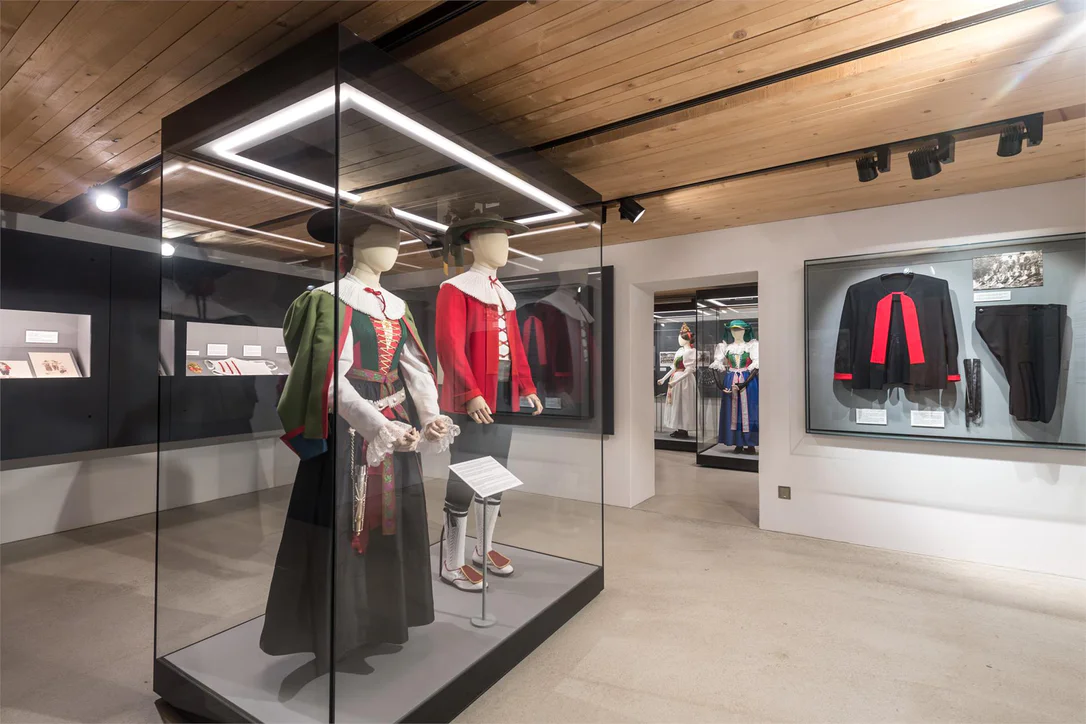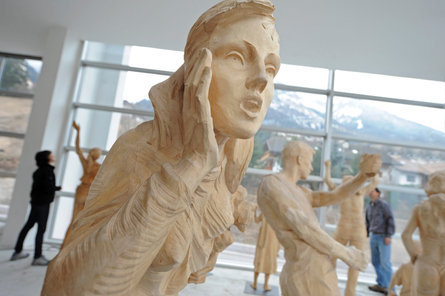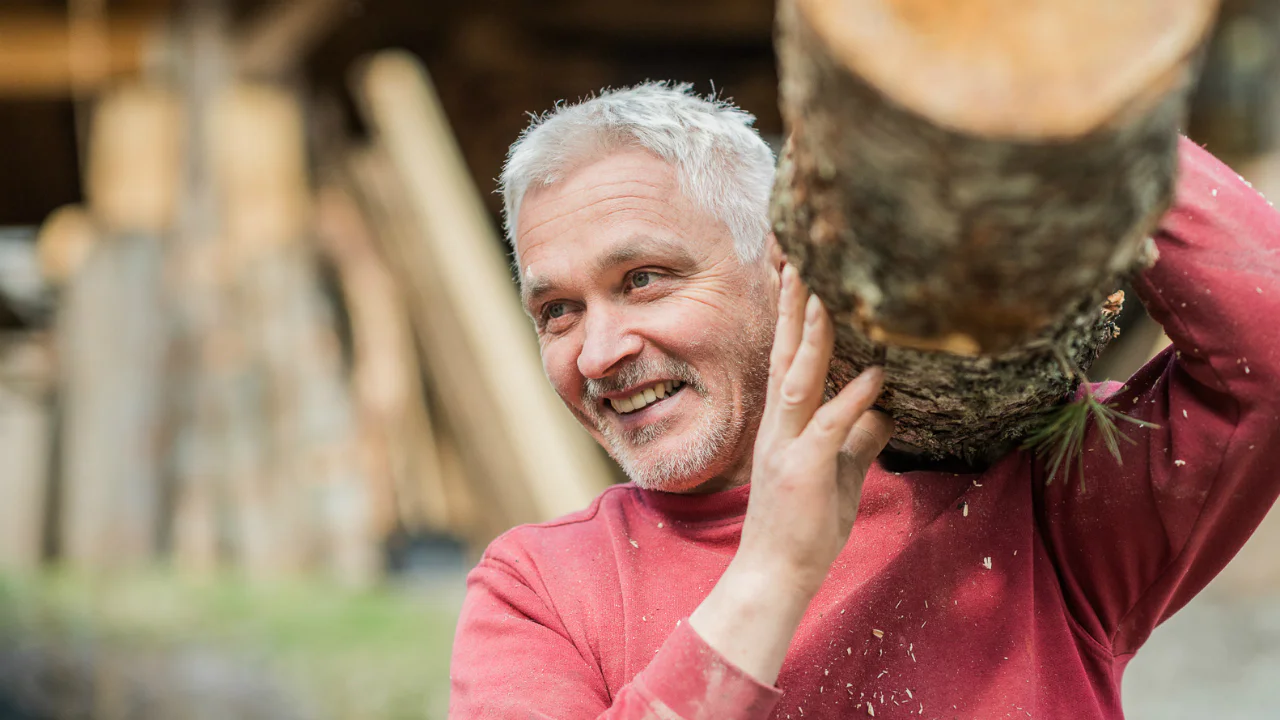
South Tyrolean crafts have often been the result of a centuries-old history and toilsome peasant life. And today, the disciplines of craftmanship are still kept alive by recent generations. Working with our hands is part of our everyday life, and it therefore shapes our identity and professional profile. Whether it is construction, carpentry, building technology or the textile industry, we South Tyroleans, owe it to generations of skilled master craftsmen, who with knowledge and enthusiasm, have succeeded in passing their passion on future generations. A spirit of innovation, clever entrepreneurship and an overwhelming desire to give our best, have all been driving forces for local artisans eager to shape our region in the most beautiful way.







